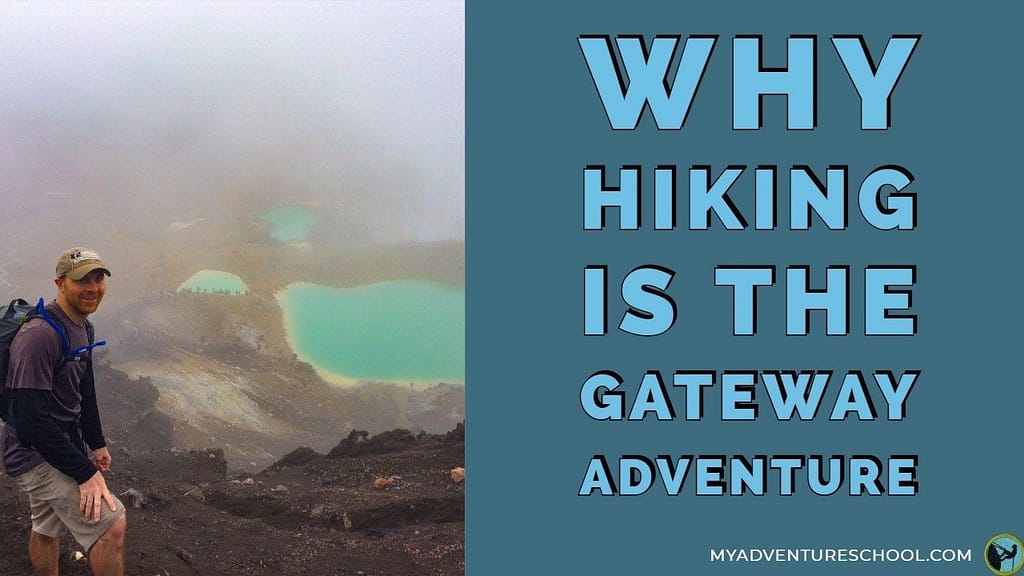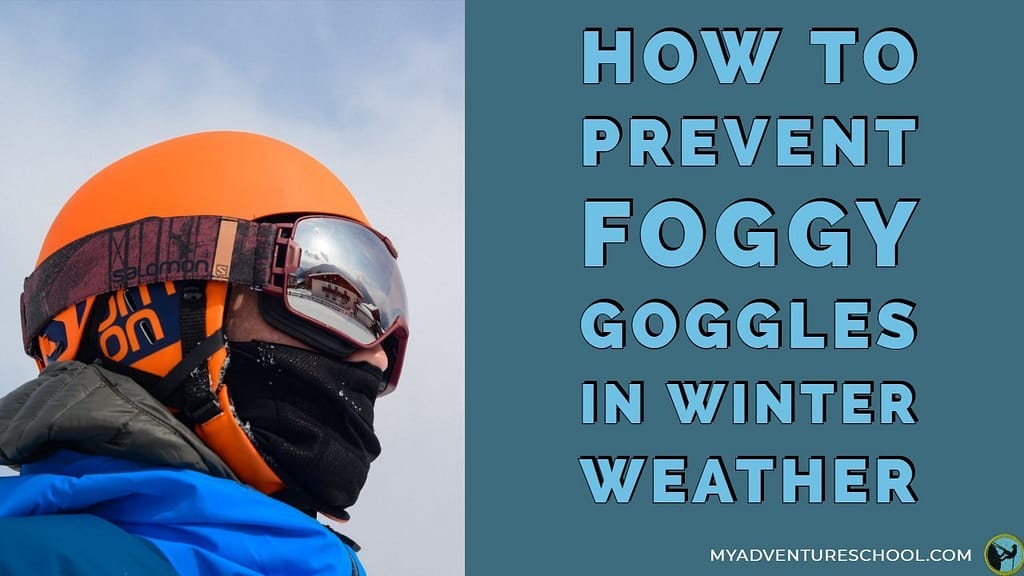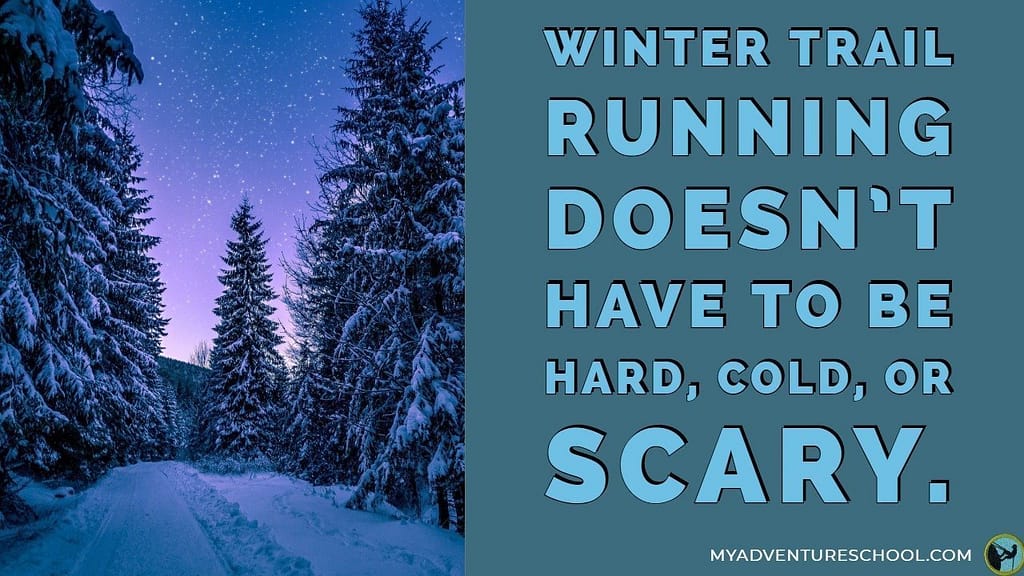Adventure School participates in the Amazon Services LLC Associates Program, an affiliate advertising program for sites to earn advertising fees by advertising and linking to amazon.com
Because you found your way here, I’m guessing you know you want to try night skiing but you have a few questions before you head up to the resort. I’m sure I can get your questions answered and get you up night skiing with confidence. Keep reading to find the answers you need to be ready to ski at night.

What should I wear night skiing?
If you wear the right gear, you can stay warm enough to enjoy yourself. Even my wife, who has Raynaud’s and runs at a pretty cold temp enjoys night skiing with me.
I’ll save you the full thermodynamics lesson for another day, but staying warm boils down to two things: 1. Get heat to all your body parts and 2. retain the body heat you generate. It sounds simple, and it is – but you have to think logically through your methods to understand why you get cold and how to stay warm.
If you want an in-depth understanding of how to stay warm in cold weather, read this article: The Science of Staying Warm in Cold Weather
Where Can I go night skiing?
I’m sure this isn’t an exhaustive list, but these are the places I know offer night skiing along with the cost, acreage of terrain, and the number of lifts.
| Ski Resort and Location | Cost (2021-2022 Adult) | Lighted Terrain | Number of Lifts at night |
|---|---|---|---|
| Brighton, Utah | $40-60 | >400 acres | 4 |
| Beaver Mountain, Utah | $12-15 | Not published | 2 |
| Brian Head, Utah | $25-30 | Not published | 1 |
| Cherry Peak, Utah | $22 | Not published | 4 |
| Nordic Valley, Utah | $45 | 80% of resort | 3 |
| Sundance Mountain Resort, Utah | $45-55 | Front mountain | 1 |
| Powder Mountain, Utah | $36 | Not published | 1 |
| Woodward Park City, Utah | $35-65 | Not published | 1 |
| Keystone, Colorado | $30-60 | 288 acres | 1 |
| Steamboat, Colorado | $49-59 | Not published | 1 |
| Howelsen Hill, Colorado | $39 | Not published | 1 |
| Ski Hesperus, Colorado | $34 | 80 % of resort | 1 |
| Echo Mountain, Colorado | $35 | Not published | 1 |
| Niseko United, Japan | Variable | Not published | Multiple areas |
| Corvatsch, St Moritz, Switzerland | $34 | 4.2 km | Not published |
| Mt Hood Skibowl, Oregon | Variable | 317 acres | Not published |
| Alyeska, Alaska | $49 | Not published | Not published |
| Stevens Pass, Washington | Variable | Not published | Not published |
| Whitefish, Montana | $27 | Not published | 3 |
I’m sure I’ve left many off this list. It’s continually changing. If you have resorts to add or know of updates, leave them in the comments below.
Do I need any special gear for night skiing?
The short answer is no, you don’t need anything special beyond your regular ski gear. However, if you want to make the most of the nighttime laps, you’ll want a headlamp. Most any headlamp will do fine as long as it attaches to your ski helmet securely and doesn’t run on Alkaline batteries that won’t work properly below freezing. Below is one I have and use.
In addition to a headlamp, your goggles won’t need to be shaded or colored for night skiing like they do in bright daylight. If you have a pair of clear lenses, these are ideal for night skiing. If you don’t have clear lenses, you can ski without goggles or just deal with a bit of coloration and shading.
Here are some quality affordable goggles with clear lenses.
How much does it cost to go night skiing?
Night skiing is much more affordable than a normal day pass. You can usually ski for less than half the cost and if you look, you can usually find even better deals. For example, at Brighton, my local resort I can get 2 for 1 night skiing or get a family package that includes dinner. That puts the cost at about $20 per person. Not a bad deal considering Brighton has 3 lifts open and over 400 acres of lighted terrain including some very fun advanced terrain. Add a headlamp and you can ski even more terrain.
What should I expect when night skiing?
The main difference between night skiing and skiing during the daytime is visibility. You need to be more cautious at night and stay only on the lighted runs. Expect to mostly stay on groomed runs. You can also expect smaller crowds, but with the addition of fewer operating lifts and less terrain, it sometimes feels more crowded at night. Most of the time, you can expect it to be colder too

You can also expect the snow to feel a bit different than day skiing. During the day, the sun softens up the surface of the snow a bit as it melts. After the sun sets and temperatures drop, the snow will harden up, especially if it was a warm day. This means that the surface of the snow while night skiing is typically faster and icier. This isn’t always bad, but use caution your first few laps until you get a feel for the snow surface.


